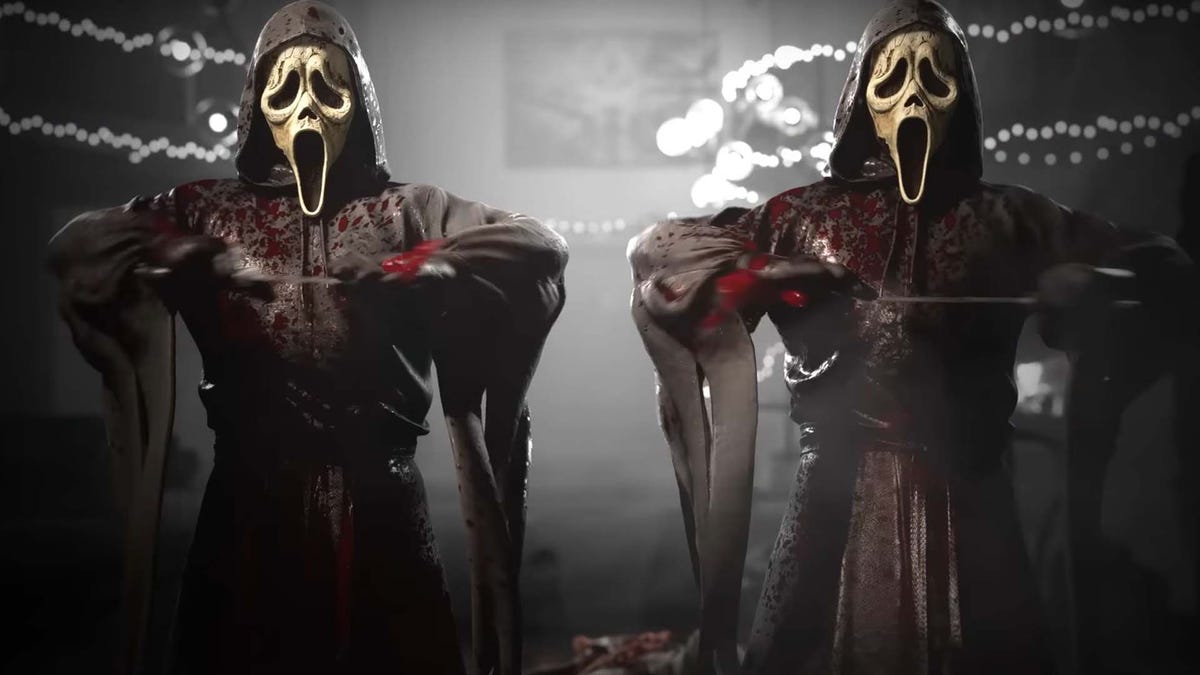“Fall down seven times, get up eight,” Trek tells Yomi’s hero, the orphan turned samurai Hiroki. The line not only represents his cartoonish endurance, but something players should take to heart if they want to reach the end of this journey. However, I wasn’t always sure if it was worth getting back on my feet when I saw the finish line. The flashy art direction can’t hide the title’s lackluster gameplay, empty characters, predictable story, and antiquated design. India is usually fertile ground for fresh ideas and different experiences, but Trek to Yomi falls disappointingly short here, with very few concepts I haven’t seen a dozen times before.
The opening is one of the high notes of Trek to Yomi. Flickering Movie. melancholy music. A burning city. I didn’t know where I was or what was going on, but the game set me up for an old-fashioned, Kurosawa-inspired samurai adventure. The tutorial is cleverly tucked into a sudden flashback scene that transported me to a time when the now-ruined city was buzzing with life.

I went through combat basics with my sensei sanjuro, who embodies all the well-worn tropes of the aging samurai and father figure. He helped me master some basic combo-centric techniques that are tied to my stamina bar. My repertoire eventually grew from humble two-button attacks to more complicated command sequences, and I added a lot of ranged weapons to my arsenal. However, fighting never changes much from those early moments, and having just met my teacher, he was called out on an urgent matter.
Introducing key characters like Sensei Sanjuro and his daughter Aiko in a moment of peace – knowing the city would soon be on fire – could have been a great way to emotionally bond with them. However, the five-hour game doesn’t take the time to make deep connections, relying mostly on the effects and backstories provided in the collectibles’ descriptions. The calm is shattered too soon and I have to fight my way through an overly obvious and boring narrative. Hiroki treads a well-worn path of duty and revenge that takes him through the depths of Yomi itself. And the game, like its underworld-exploring protagonist, only descends from here.
Trek to Yomi is a 2D side-scroller, meaning both exploration and combat take place on a narrow plane. Whether you’re battling through sunny fields or supernatural swamps, combat consists of enemies running awkwardly into your line of sight and then attacking you. Moment-to-moment gameplay basically boils down to this: confront groups of enemies, run along a linear path, find collectibles or ammo, defeat the boss, repeat. Technically everything is fine, but there is not much to get excited about.

That boring loop, along with the graphics, reminded me of a game from the PlayStation 2 era, with all the bugs and little nostalgia. The characters stare blankly into space even under difficult circumstances, the few decisions in the game I found mostly unimportant until the end, and I had to stop at save points every few minutes. This last issue was particularly annoying.
On the one hand, I was happy to find a health-restoring, progression-saving shrine after almost every encounter. On the other hand, it pulled me out of the world and made me wonder why there are so many conveniently placed structures, even in the depths of the underworld. Despite the abundance, dying—which I often did—was always a chore. Every time I died, I had to run down the same hallway, hear the same dialogue, and defeat the same group of villains until I broke through to the next stage.
While it doesn’t fix all its shortcomings, I can’t deny that there are brilliant visual moments where the game captures the cinematic atmosphere it inspired. Below is a beautifully framed scene of me confronting an opponent in the middle of a river while lightning illuminates the stormy sky. Or another that places me between windswept grass dancing in the foreground and a looming torii gate in the background, winding in and out of ominous, swirling mist.
Unfortunately, Trek to Yomi looks and feels noticeably dated for such an aesthetically pleasing game. And its archaic gameplay can’t be entirely masked by its elaborate black-and-white filter. Trek to Yomi tried to reach the heights of acclaimed Japanese filmmaking, but sadly it falls almost as flat as its 2D fighter plane.








